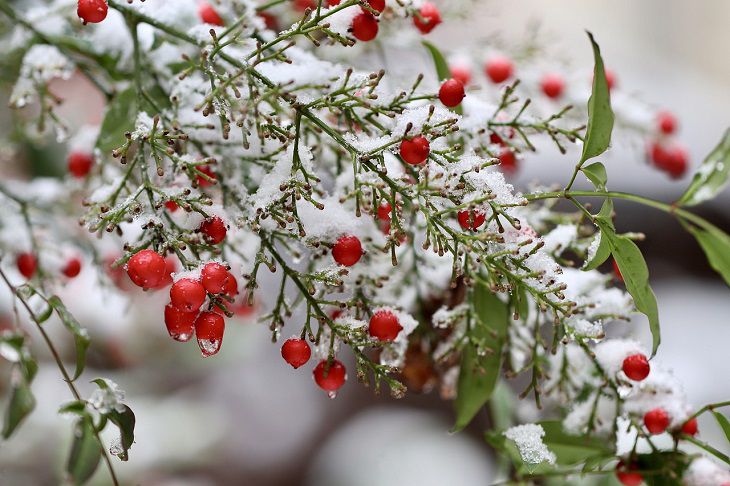Fruits becoming sweeter after cold: Know more about your plants
Some fruits and berries are naturally sour, but they magically become sweeter after cold days or nights.
People have been knowing it for centuries, but have you ever wondered why that happens?
Here's a simple explanation for that.
Starch to Sugar Conversion
When fruits and berries are exposed to colder temperatures, a natural process called "starch to sugar conversion" kicks in.
Starches, which are less sweet, get transformed into sugars, making the fruit taste sweeter.

Enzyme Activity
Cold weather slows down certain enzymes in the fruit.
These enzymes are like tiny workers inside the fruit that break down complex carbohydrates (starches) into simpler sugars.
This process is a bit like turning a less sweet puzzle into sweet pieces.
Sugar as Antifreeze
Sugars act like a natural antifreeze for the fruit. When it gets cold, water in the fruit can turn into ice crystals, which can be damaging.
But the extra sugars lower the freezing point, helping the fruit avoid frost damage.
Energy Storage for Winter
Fruits and berries see the cold season as a time to prepare for a bit of hibernation.
They store extra energy in the form of sugars during fall.
This stored energy becomes a vital fuel source for the plant during the winter when sunlight is less abundant.
Attracting Seed Spreaders
The sweetness serves a dual purpose – it attracts animals looking for a tasty treat.
When animals eat the fruit, they help in spreading the seeds to new locations.
It's like a sweet reward for the animal and a strategic move for the plant to grow in different places.
Flavor Development
Cold temperatures slow down metabolic processes in the fruit, allowing more time for flavor compounds to develop.
This results in a richer, more complex flavor profile, enhancing not only sweetness but also the overall taste experience.
Adaptation to Climate
In colder environments, fruits have evolved to maximize their chances of survival and reproduction by sweetening up when the temperatures drop.
